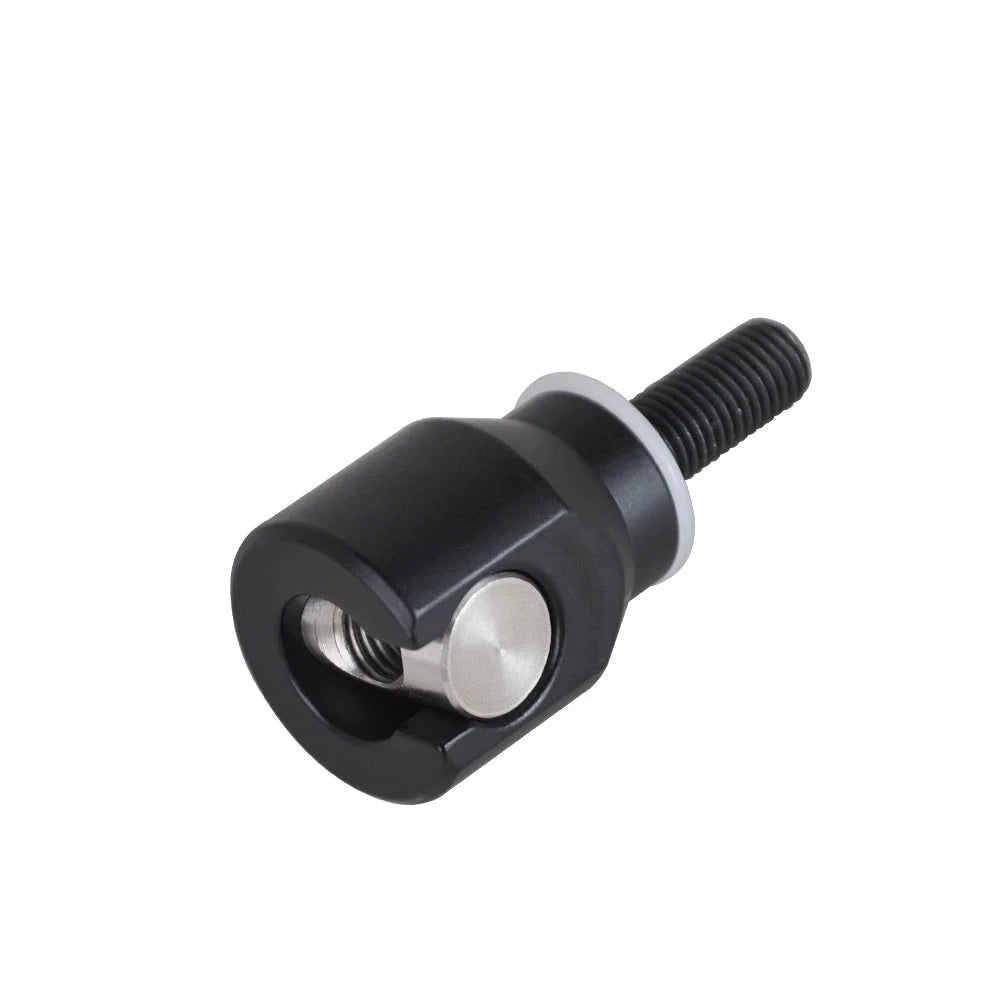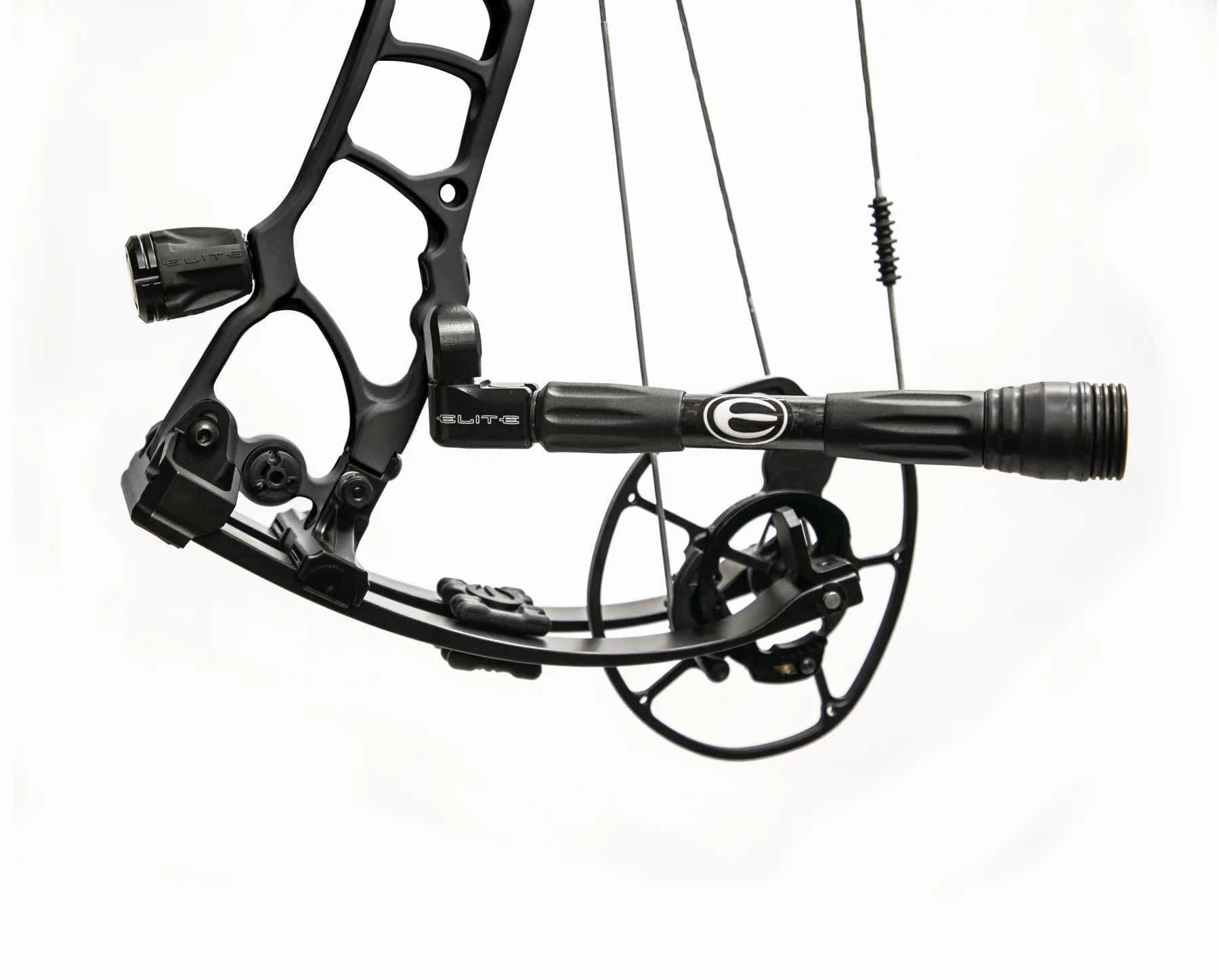Master Your Objective with High-Quality Bow Stabilizers: Store Now!
Master Your Objective with High-Quality Bow Stabilizers: Store Now!
Blog Article
Boost Your Archery Performance: The Ultimate Guide to Bow Stabilizer Configuration
Enhancing your archery efficiency requires a precise technique to every facet of your equipment configuration. Amongst the various components that add to accuracy and stability, the bow stabilizer plays a critical duty in fine-tuning your shot implementation. Understanding just how to maximize your bow stabilizer setup can result in substantial enhancements in your total precision and consistency on the array or in the area. As we explore the complexities of picking the ideal stabilizer weight, positioning, and adjust techniques, you will uncover the trick to opening your full capacity as an archer.
Understanding Bow Stabilizers
In the realm of archery devices, the duty and feature of bow stabilizers stand as necessary parts for enhancing shooting precision and security. Bow stabilizers are created to reduce bow torque, reduce vibrations, and aid in holding the bow stable throughout the intending and launch process. By connecting a bow stabilizer to the riser of the bow, archers can experience improved balance and minimized hand shock, resulting in even more constant and specific shots.
The primary objective of a bow stabilizer is to dampen any type of vibrations that happen upon releasing the arrowhead. This reduction in vibration not just improves the shooter's comfort but additionally helps maintain emphasis and control throughout the shot cycle. Furthermore, bow stabilizers aid in reversing the weight of accessories affixed to the bow, such as sights, quivers, and arrowhead relaxes, guaranteeing optimum weight distribution for enhanced stability.
Understanding the technicians and advantages of bow stabilizers is crucial for archers wanting to adjust their shooting performance and achieve higher precision on the range or in the field.

Choosing the Right Stabilizer Weight
Choosing the ideal weight for your bow stabilizer is an essential aspect of enhancing your archery configuration for boosted shooting performance. The stabilizer weight straight influences exactly how efficiently the stabilizer decreases vibration and maintains your bow during the shot. When selecting the best stabilizer weight, it's necessary to consider your capturing design, bow balance, and personal choices.
Lighter stabilizers, commonly weighing between 3-6 ounces, are preferred by archers who prioritize ability to move and fast target purchase. These stabilizers are ideal for hunters or those who shoot in difficult surfaces where movement is essential. On the various other hand, heavier stabilizers, ranging from 8-12 ounces or even more, are preferred by target archers looking for optimum stability and minimized bow activity. The included weight aids hold the bow steadier during the intending process and minimizes the results of torque on the bow.
Ultimately, the best stabilizer weight for you will depend on your capturing objectives and choices. Explore different weights and locating the one that uses the ideal equilibrium of security and ability to move is essential to enhancing your archery efficiency.
Putting Up Your Bow Stabilizer
To effectively install your bow stabilizer, guarantee that you have all the necessary tools and comply with these detailed directions for a safe and reliable configuration. Begin by recognizing the front stabilizer bushing on your bow riser. A lot of bows have pre-threaded openings for stabilizer installment. Next, use a percentage of bowstring wax to the threads of the stabilizer screw to stop it from loosening during usage.
Meticulously thread the stabilizer right into the front bushing by hand, seeing to it not to cross-thread it (bow stabilizer). As soon as the stabilizer is snugly check my source in place, make use of a proper wrench to tighten it firmly. Stay clear of over-tightening, as this can create damage to the bow or stabilizer
After installing the stabilizer, check to ensure it is straight and aligned with the bow. Some stabilizers feature adjustable weights or dampeners; readjust these according to your choices and shooting style. Lastly, test the bow to ensure the stabilizer is properly lowering resonance and enhancing your shot consistency.
Changing Stabilizer Position for Precision
After installing the bow stabilizer safely, maximizing its placement is essential for improving precision in your shooting. The placement of the stabilizer can dramatically affect the balance and stability of your bow throughout the shot cycle. To adjust the stabilizer for ideal precision, beginning by try out various settings. Moving the stabilizer more detailed to the riser can assist reduce the bow's total weight circulation, possibly improving your aiming stability. Conversely, prolonging the stabilizer better out can improve the bow's forgiveness and decrease the impacts of torque on the shot.
When readjusting the stabilizer see here position, consider the sort of shooting you do. For target archery, a longer stabilizer positioned even more out could be valuable for added security throughout the intending procedure. On the various other hand, seekers may like a shorter stabilizer for much better maneuverability in the field. Keep in mind to make little changes and evaluate your configuration after each go to website adjustment to determine the optimum setting for your capturing design and choices.
Fine-Tuning Your Stabilizer Setup

Additionally, take into consideration the placement of any type of dampeners or weights along the stabilizer pole. Relocating these elements closer to or further from the riser can alter the stabilizer's general result on your bow's balance. Fine-tuning these details can help in reducing resonance, minimize hand shock, and enhance overall control throughout the shot implementation.
Regularly reassess your stabilizer configuration as your shooting strategy develops to guarantee it proceeds to complement your type and shooting objectives. By finetuning your stabilizer configuration with accuracy and care, you can maximize your bow's performance and boost your archery skills to new heights.
Final Thought
To conclude, maximizing your bow stabilizer configuration is essential for enhancing your archery performance. By understanding the function of stabilizers, choosing the appropriate weight, appropriately mounting and positioning the stabilizer, and tweak its arrangement, you can enhance your accuracy and consistency in capturing. Take the time to try out different arrangements and adjustments to locate the arrangement that functions best for you and aids you accomplish your archery objectives.
Bow stabilizers are developed to reduce bow torque, lower vibrations, and aid in holding the bow steady throughout the intending and launch procedure. By connecting a bow stabilizer to the riser of the bow, archers can experience improved balance and minimized hand shock, resulting in even more constant and exact shots.

The stabilizer weight straight affects exactly how efficiently the stabilizer minimizes resonance and stabilizes your bow during the shot. bow stabilizer. By recognizing the function of stabilizers, picking the suitable weight, correctly setting up and placing the stabilizer, and adjust its arrangement, you can improve your accuracy and uniformity in capturing
Report this page